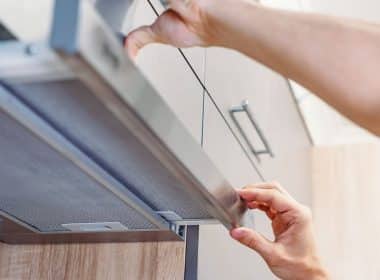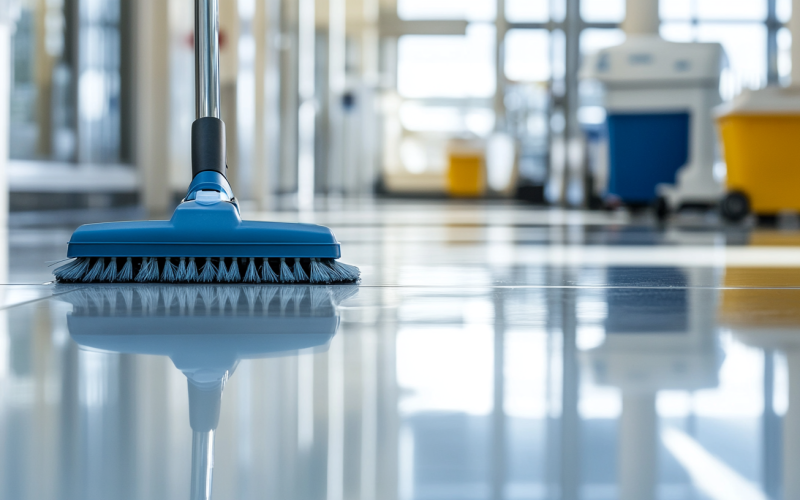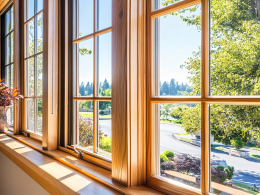Imagine discovering a musty smell or spotting dark patches on your metal building’s walls—mold can sneak up on you if you’re not careful. Regular inspections are your best defense against mold growth, which can damage both your building and your health.
Fortunately, inspecting your metal building for mold doesn’t have to be a daunting task. With the right approach and a bit of elbow grease, you can catch potential problems early and keep your space safe and dry.
Let’s go through a DIY checklist for inspecting your metal building for mold.
Visual Inspection
Start your inspection with the building’s exterior. Look for signs of water damage, such as stains, rust, or peeling paint. These can be early indicators of moisture issues that could lead to mold growth.
Next, move inside the building. Examine walls, ceilings, floors, and any areas where moisture might accumulate, such as around windows, doors, and pipes.
Don’t overlook less visible areas like behind insulation or under flooring. These hidden spots are often where mold can start and remain unnoticed until it’s a bigger issue. It can help to have the best selling metal building insulation from the beginning, as this can deter mold growth.
Identifying Signs of Mold
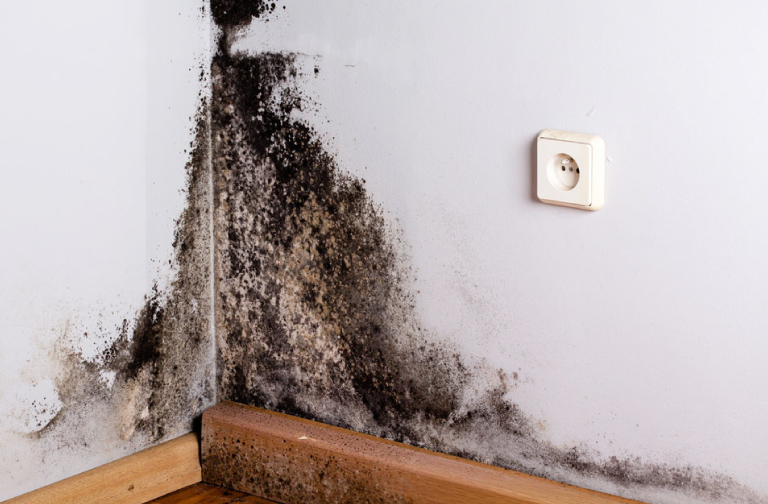
When inspecting, keep an eye out for visible mold growth. Mold can appear as black, green, or white spots or patches, often with a fuzzy or slimy texture. Even if you don’t see mold, be alert to any musty or damp smells, which can indicate hidden mold.
Use a moisture meter to check for high humidity levels or dampness in materials like wood or insulation. High moisture readings in these areas can suggest a potential mold problem, even if it’s not visible yet.
Checking for Moisture Sources
Identifying and addressing sources of moisture is key to preventing mold. Start by inspecting roofing, plumbing, and HVAC systems for any leaks or water damage. A small leak, if left unaddressed, can lead to significant mold issues over time.
Look for areas prone to condensation, especially where warm and cool air meet. Metal surfaces in these spots are particularly susceptible to moisture buildup. Ensure that your ventilation systems are functioning properly and that there is adequate airflow throughout the building to reduce humidity levels.
Documenting Your Findings
Accurate documentation is crucial for addressing mold issues effectively. Record details about any signs of mold or moisture, including their location and extent. Taking clear photos of visible mold or water damage can be helpful for future reference or when discussing the issue with professionals.
Keeping detailed records also helps in tracking the progress of any remediation efforts and in planning future inspections.
Addressing and Reporting Issues
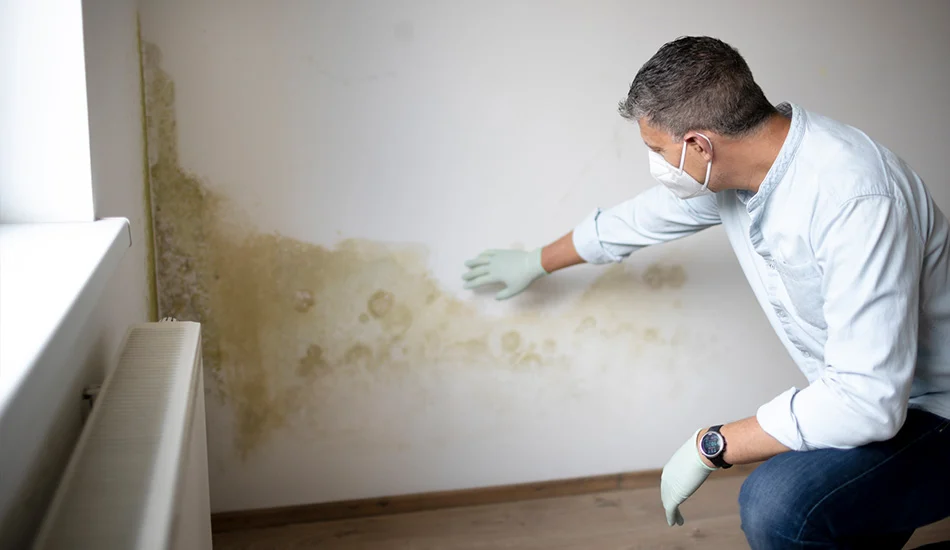
If you find mold, it’s important to take immediate action. For small areas of mold, you might be able to clean them yourself using a mixture of water and detergent or a commercial mold remover. For larger infestations, or if you’re unsure about handling the mold yourself, it’s best to call in a professional mold remediation service.
Address any repairs or maintenance issues that could be contributing to mold growth, such as fixing leaks, improving insulation, or enhancing ventilation. Report your findings to building management or relevant stakeholders, and plan follow-up inspections to ensure the problem is resolved.
Is It Too Late to Insulate a Metal Building?
Have you had your metal building for years and not though about insulation before? Many business owners see this is an expense they can cut out. But, it’s not until later on that they realize this is a mistake. Perhaps you’re experiencing corrosion or dealing with mold and mildew all the time.
Even the temperature indoors can be uncomfortable, and you’re getting fed up. No matter the reason why you’re considering insulation, you should know that it’s never too late. You can install this retrospectively on your building, and it can have a positive impact. Let’s take a look at what it can do.
Regulate the Temperature
Metal buildings are notorious for changing temperatures. The winter can be uncomfortable, with freezer temperatures and a constant chill. The summers aren’t much better as the sun beats down on the metal. It heats it up, and the inside temperature can be airless and intolerable.
Know that you can transform your metal building with the help of insulation. This helps to regulate the temperate better, which means the interior can be more comfortable to work in. You’ll be surprised by the difference this material makes.
Lower Your Energy Bills

Are you horrified by how much your energy bills have risen recently? Many businesses are feeling this, and it can really affect your profits.
However, know that there are changes you can make that can help you lower your bills and feel more comfortable with your expenses. In particular, insulation is going to be a positive move for metal buildings.
Yes, you’re going to have the initial cost of insulation. However, once this bill is paid, you’ll have long-term savings. This is particularly true regarding energy bills.
When you’re regulating the temperature better, you don’t need to depend on heating and cooling systems as much as before. So, know that it’s never too late to make upgrades to your metal building. Insulation is one that pays off for years to come.
Conclusion
Inspecting your metal building for mold might seem like a chore, but it’s a critical task that can save you from bigger headaches down the road.
By following this DIY checklist, you can keep an eye out for potential mold issues and address them before they become serious problems. Regular inspections and maintenance are key to ensuring your building remains safe, dry, and free from mold.

